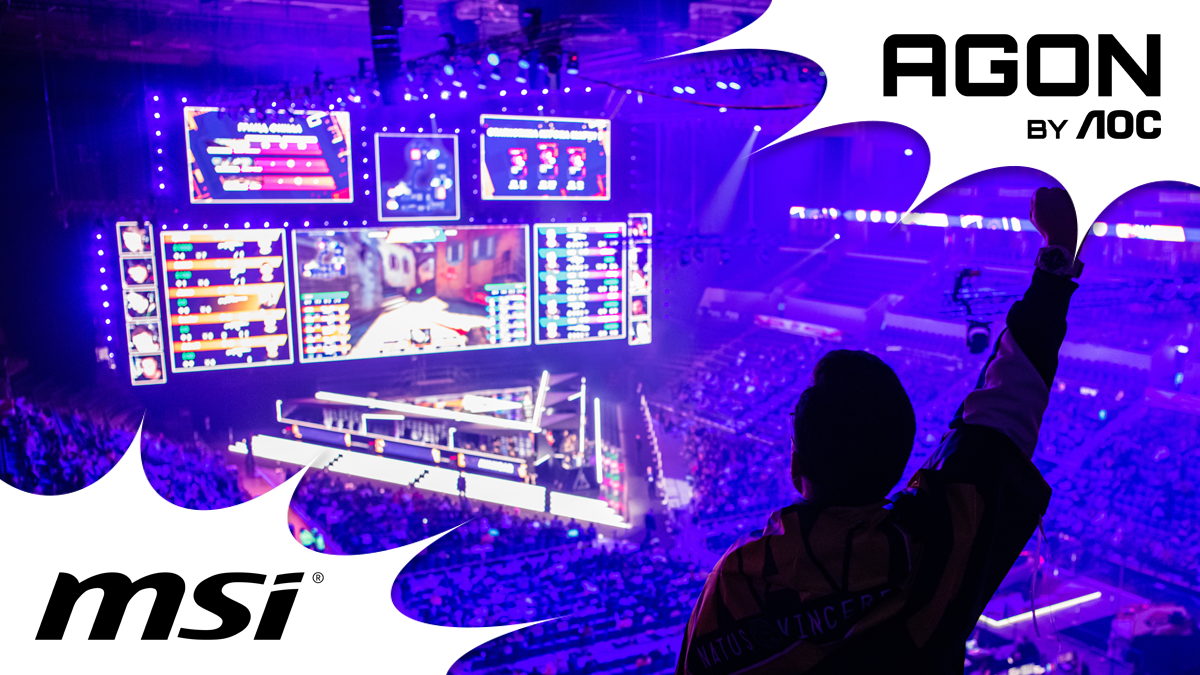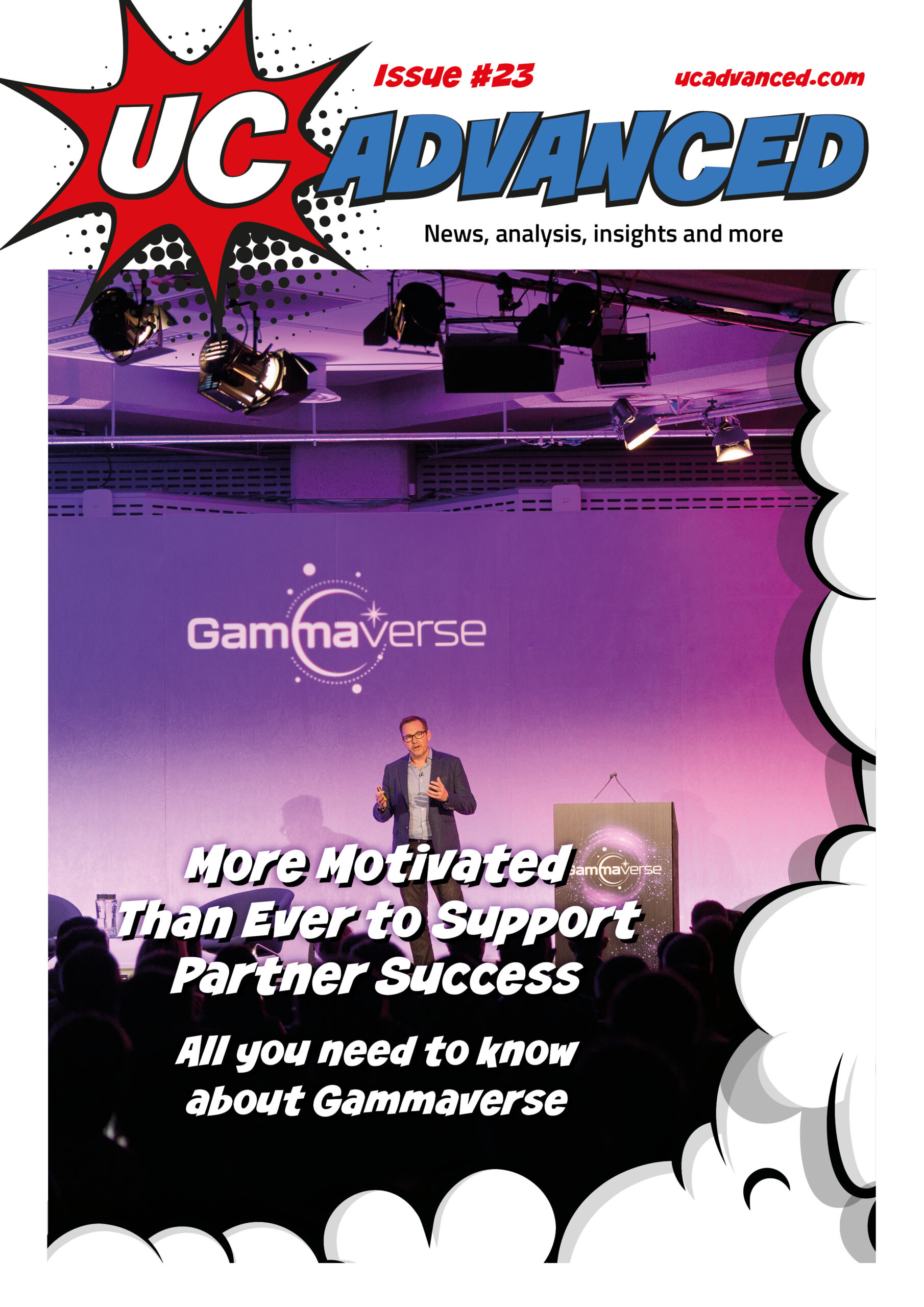In the past decade, esports has transformed from a niche gaming activity into a global phenomenon, fostering unprecedented levels of collaboration and social interaction. Competitive gaming isn’t just about individual skill, it thrives on teamwork, strategy, and communication, while content creators and players in the gaming space thrive by engaging with their communities during live-streaming and online sessions.
Esports has become a popular gaming activity and it is expected to grow. It has gained the notoriety it now enjoys for a number of reasons such as the changing social habits of Gen Z, and the impact of world events like the Covid-19 pandemic, to name a few.
Statistica sums up the “unprecedented growth” of esports as being driven by increased viewership, sponsorship opportunities, and the rising popularity of competitive gaming among diverse demographics, with the global esports market currently projected to reach US$4.8 billion in 2025. It has also estimated that the number of “esporters” will hit 896 million by 2029.
An undeniable driver of this growth are the ‘game changing’ solutions that are both enabling the technological evolution of esports and helping it to attract a bigger audience and user base. The gaming market as a whole is now worth an estimated US$27.97 billion, with 10.84 million gamers in the UK, according to a study by Uswitch. To participate in esports, you’ll generally need a high-performance computer or gaming console, along with suitable peripherals like a gaming monitor, keyboard, mouse, and headset. A stable internet connection is also crucial, along with other optional equipment like a streaming camera and microphone for live-streaming or recording.
What is esports?
For the uninitiated, esports are competitive video games played solo or as part of a team. A number of different game genres fall under the ‘esports’ umbrella, including sports games, such as FIFA, first-person shooter games like Counter-Strike 2, strategy games (think Age of Empires), fighting games, for example the legendary Mortal Kombat, and more. Esports isn’t just for fun. It’s played professionally for money with potentially big cash prizes up for grabs. Last year, Dota 2, a multiplayer online battle arena video game, had the biggest tournament prize pool, valued at US$23.86 million. Counter-Strike 2 was the runner-up in 2024, still with a prize pool of a staggering US$20.83 million.
The following esports has amassed over such a short timeframe is representative of the gaming industry as a whole, which is becoming an increasingly lucrative field, particularly when you consider the number of devices needed for each and every gamer. A typical gaming setup often includes physical apparatus like purpose-built gaming chairs, desks, wheel hubs and track wheels. Gamers often describe their objective, whilst they are in gameplay, as wanting to “completely lose themselves” in the game at hand, and often looking to minimise distractions. This can be achieved by ensuring that each device is operating at high performance levels to prevent any lag and loss of quality, so gamers will be looking for high-speed connectivity with a fast and reliable internet connection. Additionally, device design is important: large wrap around screens with built-in speakers make users feel like they are in the game, which often feature customisable audio modes and subwoofers for deep bass.
Reseller Opportunities in Gaming
With such a big space for businesses to tap into, UC Advanced reached out to Paul Butler, Regional Sales Director UK & Ireland, AOC Monitors and Mansuraj Dhak, Manager at MSI for insights into the market.
Gamers and esports enthusiasts know what they want, as Paul Butler confirms, “Resellers and MSPs entering the gaming market should understand that this segment has become highly stratified, with specific features driving purchasing decisions across different user categories. Refresh rate has emerged as the primary differentiator for serious gamers. Our market data shows a 131.3% increase in sales volume for high-refresh-rate monitors (180 Hz and above) in the first three quarters of 2024, with particularly strong growth in the 240 Hz+ premium segment. These aren’t just enthusiast products anymore – they’re becoming the standard expectation for competitive play. Panel technology is another crucial factor. Our OLED gaming monitor segment has shown 145.5% growth in the first nine months of 2024 compared to the same period last year. This indicates that despite higher price points, gamers are increasingly willing to invest in superior visual quality that provides both competitive advantage and greater immersion.”
Flexibility and Purpose-Specific Deployments
By way of example, Butler points to AOC’s recent deployment of premium monitors at Wiltshire College for its esports and media facility, “For educational institutions and esports facilities, we’ve found that flexibility and purpose-specific deployments yield the best results. At Wiltshire College, different zones required different monitor specifications – from high-refresh competitive areas to colour-accurate displays for design work. The lesson for resellers is that understanding the specific use case is paramount.”
Butler points out that AGON by AOC’s monitors can be utilised to meet a variety of needs, including extended coaching capabilities: “Particularly interesting is the adoption of our ultrawide displays in collaborative environments. At Ireland’s National Esports Centre, our 49-inch AGON PRO ultrawide monitors in their SIM racing area allow coaches to observe and provide real-time feedback while maintaining the driver’s immersive experience. This creates a more interactive coaching environment that wasn’t possible with traditional display formats.
Butler recommends bundling different technological offerings to meet the main demands of the market, “We’ve structured our own portfolio to address these distinct market segments: AOC GAMING for mainstream gamers seeking value, AGON for hardcore enthusiasts requiring premium performance, and AGON PRO for esports professionals where every millisecond matters. This tiered approach helps resellers match products to customer needs while providing clear upgrade paths.”
Reliability and Range
Mansuraj Dhak shared some further tips based on his experience at MSI, a leading designer and manufacturer of gaming hardware and peripherals: “Reliability is key and low failure rates mean fewer support calls and more satisfied customers. It’s also important to have a range of options at different price points to meet the needs of competitive gamers. Fast, local support for repairs is another big plus, helping to minimize downtime and keep users happy. These are the things that really matter, and it’s why many partners turn to trusted brands like MSI.”
MSI’s product range includes laptops, handhelds, desktops, graphics cards, motherboards, components, networking devices, servers, and more. Its gaming PCs offer Intel Core i3 and i5 processors for “mainstream” users, an Intel Core i7 processor for “enthusiasts” and an Intel Core i9 processor for “extreme” users.
Dhak agrees that displays are an integral part of the gaming setup and reemphasises the benefits of having built-in versatility for the optimal user experience: “Today’s tech is all about blending power with ease of use, and that’s something we really focus on at MSI. For example, displays are now more versatile, our Dual HZ screens let users switch between ultra-crisp 4K for creative work and high-speed 240Hz for gaming, depending on what they need at the moment. It’s about giving people flexibility without compromise.”
Dhak also draws our attention to some of the other software and hardware innovations it is focusing on at the moment: “Performance is also getting smarter. With features like DLSS, users can enjoy high-res visuals without stressing their system, thanks to AI-enhanced graphics. And for serious gamers, things like no-ghosting panels make fast-paced action look incredibly smooth and responsive.
“On the hardware side we’re making things easier. Our EZ DIY designs and Project Zero motherboards are built to simplify the building process, thus tool-less setups, better cable management, and cleaner aesthetics mean more people can build or upgrade their PCs confidently.”
Speed is Everything
The importance of internet connectivity cannot be understated when gaming. Last month, Nokia revealed its Beacon 24 Wi-Fi gateway device at the Apex Legends Global Series esports gaming event, which offered a glimpse of what Wi-Fi 7 technology could do for eGaming apps. The Finnish multinational tech company reckons that it can “rival any commercial and retail device on the market” and offers gamers the “ultimate end-user experience”.
Josh Zlatinszky aka NMoose, commented, “As a gamer, I thought Wi-Fi gaming was a fantasy – speed is everything, and lag can kill your game. But Nokia is changing that with devices that can deliver a wireless gaming experience as good as wired, if not better. I was blown away by how easy the gateway was to set up and by its overall performance. I’m all in for Wi-Fi gaming with Nokia.”
“Last year, our Beacon devices powered the first Wi-Fi Apex Legends tournament, proving wireless eGaming is possible. Today, we’re upping the ante, showcasing their strength in one of the world’s most difficult environments for Wi-Fi, a busy convention center hosting an esports event. This can be a game changer for operators that want to offer more advanced Wi-Fi, latency, and performance management features to deliver the ultimate gaming experience,” said Gino Dion, Head of Innovation Solutions, Bell Labs Fellow at Nokia.
Growth and Opportunity
The gaming market is evidently poised for yet more growth, fuelled by technological advancements and changing social habits. As the sector continues to gain traction, resellers must adapt to evolving trends and consumer preferences if they are to take advantage of this wave of demand.
Current design trends such as refresh rates and panel technology (such as OLED and 240Hz+ monitors) are increasingly important as gamers seek both visual clarity and competitive edge. Flexible, purpose-specific setups are crucial, as educational and esports facilities benefit from zones outfitted with different hardware for diverse tasks. Bundled, tiered product portfolios help address the varied needs of mainstream, enthusiast, and professional gamers, providing clear upgrade paths. Providing local support and a broad product range will go a long way to building customer loyalty too.












